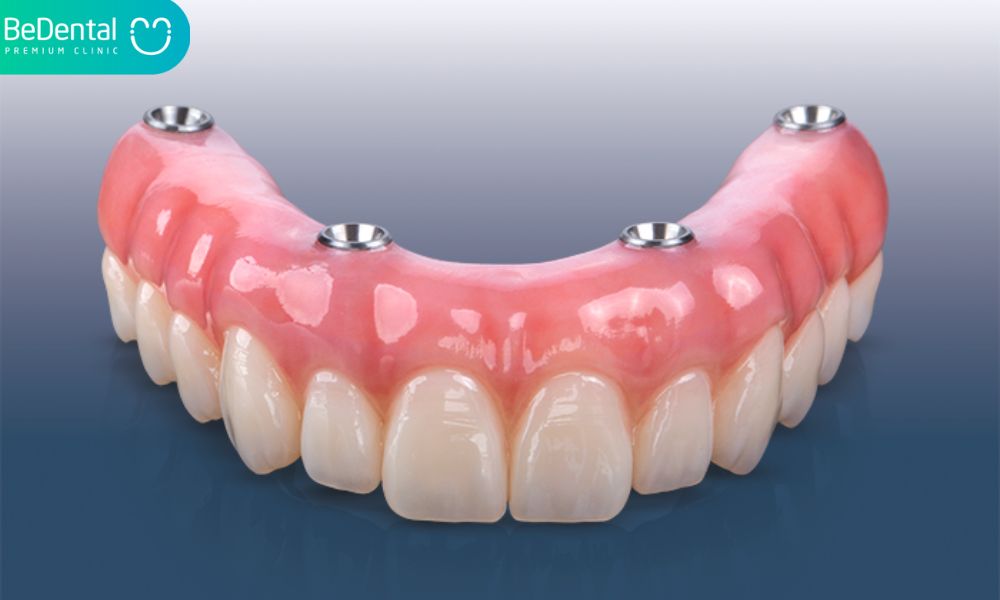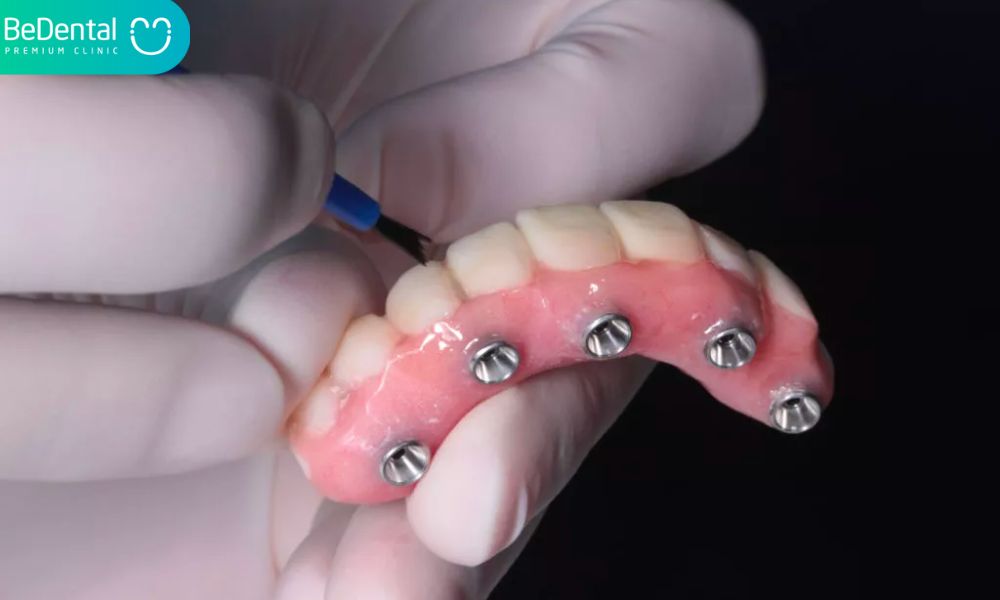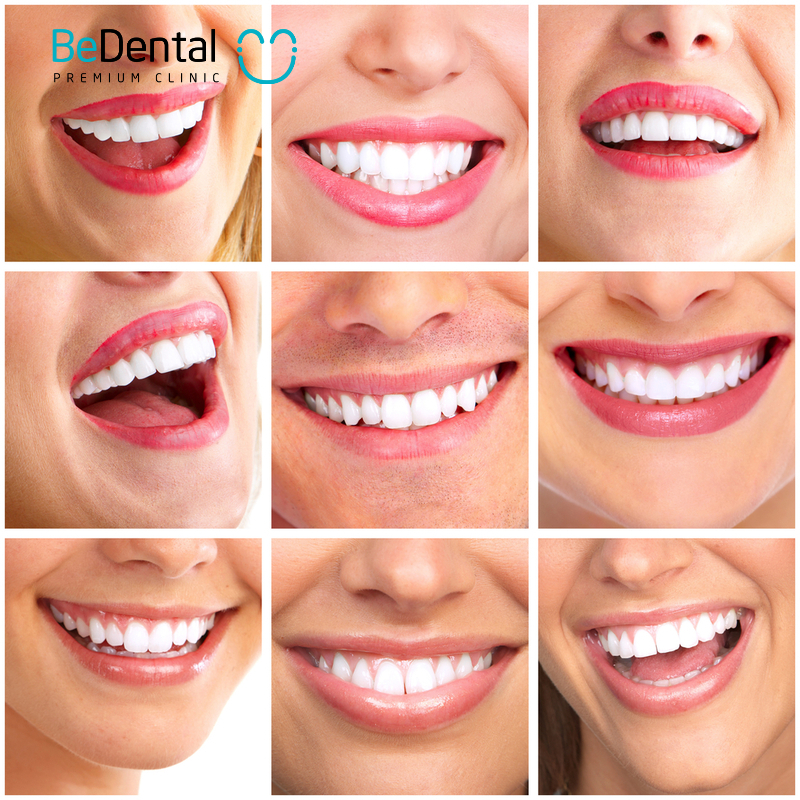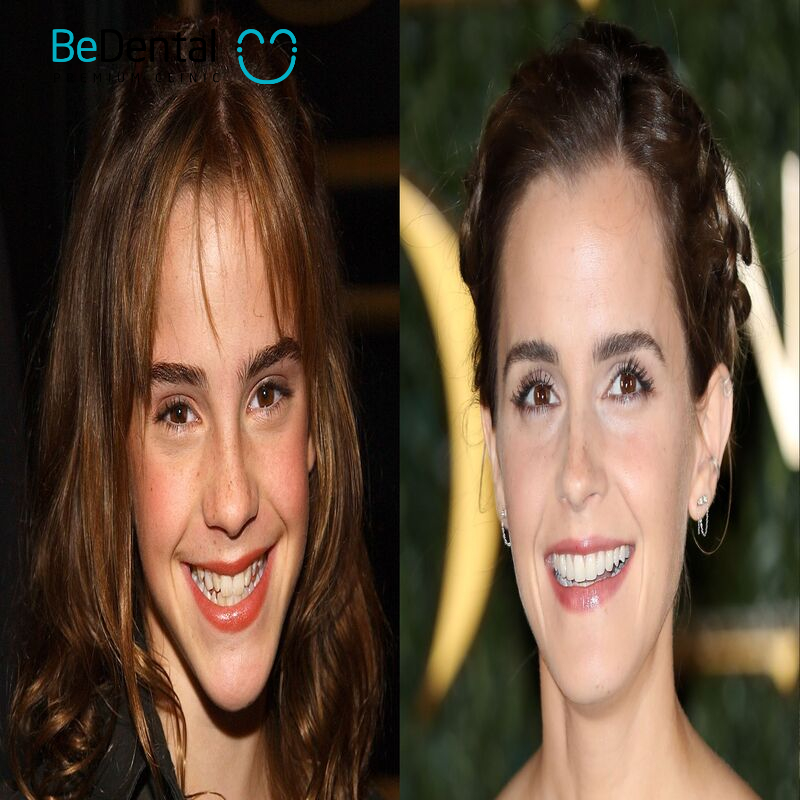Zirconia Prosthetics Used to Treat Cavities and Tooth Sensitivity. Discover the benefits of zirconia prosthetics for treating cavities and tooth sensitivity. Learn how these durable and aesthetically pleasing dental solutions provide lasting relief and restore your smile.
Background and Targets
What is Zirconia Prosthetics?
Complete-arch implant-supported restorations have a confirmed success rate of more than 90% and are commonly considered as a treatment option for those who are entirely dentiless. For these kinds of restorations, a variety of material combinations have been employed, including metal alloy-acrylic, metal alloy-composite, and metal alloy-ceramic.
The following Zirconia Prosthetics-related issues are frequently observed over short and extended time periods, though: fracture of the acrylic resin veneer, loosening/fracture of prosthetic screws, wear and fracture of resin denture teeth, fracture of prosthesis framework, and poor gingival esthetics and architecture.
As a result, dentists began investigating other material alternatives. The development of CAD/CAM (computer-aided design and manufacturing) technology has made it possible to offer a different restoration strategy from the complete-arch implant Zirconia Prosthetics.

Due to its biocompatibility, aesthetics, and structural strength, zirconia technology has had a considerable influence on dentistry during the past ten years.
The monolithic nature prevents any different interfaces from forming, which reduces cracks and/or chipping situations, produces a larger bulk of material to enhance the structural characteristics of each individual prosthesis, and makes CAD/CAM manufacturing effective for the fabrication and provision of care.
Taking into account the growing usage of zirconia prosthesis in full-mouth rehabilitations The clinical and laboratory procedures for creating a complete arch prosthesis out of zirconia are shown in the case study that follows.
A full-arch implant supported Zirconia Prosthetics must be made using specific techniques and should adhere to the recommended clinical procedures covered in this case study. For a successful and anticipated outcome, the practitioner should thoroughly choose the patient and conduct extensive planning (placement and quantity of implants, framework design, suitable occlusal scheme).
A typical case using Zirconia Prosthetics and the treatment procedure
A female patient, age 41, experiences a thorough treatment plan at our prosthodontic office. I have very sensitive teeth, and I have bad breath, were her main concerns. “My dentist informed me I had a lot of cavities, and my mouth always gets dry.”
She says she wants to restore her mouth and replace her lost teeth so she can eat, feel confident, and have a better look. Over the previous ten years, the patient has undergone intermittent dental procedures. She said that chronic decay and gum issues that led to abscesses and necessitated extractions caused the teeth to fall out.
The patient’s health is in jeopardy. She underwent many surgeries, including neck and back operations following a workplace accident, and she was long-term incapacitated. She underwent a gastric bypass as well, but it was not completed properly, causing her to continually throw up. Her teeth were all affected by this and were quite sensitive.
Problem list:
- Temporomandibular disorder.
- Mandible and maxilla with partial dentition.
- Numerous decaying previous repairs that are faulty.
- Widespread cervical tooth deterioration and generalized tooth erosion.
- Angular-cheilitis.
- Moderate plaque and calculus with inadequate and poor dental hygiene.
- Traumatic occlusal occlusion with insufficient occlusal vertical dimension and plane.
Treatment plan:
We gave the patient with the following treatment plan after gathering all the clinical data from the clinical extraoral and intraoral examination, articulated diagnostic castings utilizing an earbow and Gothic arch tracings, and radiographs:
“The main points of our discussion about the care we want to give you at your most recent appointment will be confirmed. The following therapies were considered with you since you desired a more reliable therapy with a long-lasting effect and you have some financial limitations.
- To reconstruct your mouth in a predictable manner, it is essential to extract any teeth that pose a risk of bad outcome due to your advanced oral condition, excessively high levels of sensitivity, and extensive decay.
- I have given you a variety of alternatives for replacing your missing teeth, and we have spoken about the advantages of each one. The following option has been chosen:
In the upper and lower jaws, there are 8 implants and fixed bridges supported by implants.

Treatment sequence:
- Upper and lower urgent zirconia prosthetics must be created and fitted as soon as all problematic teeth have been removed. For improved healing and cosmetic reasons, these zirconia prosthetics were created prior to the removal of your teeth.
- To get the best possible aesthetic and functional results, the location of the final denture teeth will determine where the implants are placed. As a result, a radiographic template is used to create a CBCT radiograph for a 3D bone examination.
- Next, our oral and maxillofacial surgeon places 16 Zimmer TSV® implants in a clinical setting.
- The last fixed prostheses are created once the implant has integrated and the healing process is finished. Fabricating temporary bridges that will be utilized for a while is crucial for achieving a predictable result with the ultimate repairs. These temporary bridges will be changed until a satisfactory aesthetic and functional outcome is achieved. These will serve as the final fixed zirconia prosthetics’ blueprints.
- Periodic checkups.

This course of therapy is one that we hope will work well and enable us to attain both good function and a smile we like.
We think this project might be finished in 18 months. The length of time will mainly rely on how pleasant and aesthetically pleasing your dental restorations turn out.
In summary
With this procedure, both good function and a beautiful smile were accomplished. It is critical to explain the following to the patient while discussing a sophisticated, all-encompassing treatment plan:
- Everyone has restrictions that affect the outcome. The fact that maxillary implants have a success rate of 90% to 95% must be taken into account, as well as the possibility of adverse responses and the need for surgical or restorative modifications. It goes without saying that promises cannot be made about the human body.
- However, we (the dental clinic) shall be liable for any treatment we have done for a period of 12 months and provide any necessary repairs or adjustments for these teeth at no additional cost. Experience has shown us that this gives any underlying issues enough time to surface.
- It will be crucial for you to keep reminder visits after our treatment to guarantee that your mouth is kept in a healthy state. Excellent dental hygiene is crucial, and the original price does not cover these reminder consultations.

The above article has helped you reveal everything about Zirconia Prosthetics. Contact Bedental if you want advice on appropriate methods to have more precious information, we will provide free help 24/7.
See more
Dental Implant Care and 6 Common Concerns
Chipped tooth: Causes, Symptoms and 4 ways to Handle
Tooth extraction and 7 common concerns
Tooth decay and 11 risk factors
Dental Bridge and 4 Types of Dental Bridge
Tư vấn chuyên môn bài viết:
BÁC SĨ DƯƠNG THỊ THÙY NGA






Pingback: Zirconia veneer and 6 common concerns – Be Dental